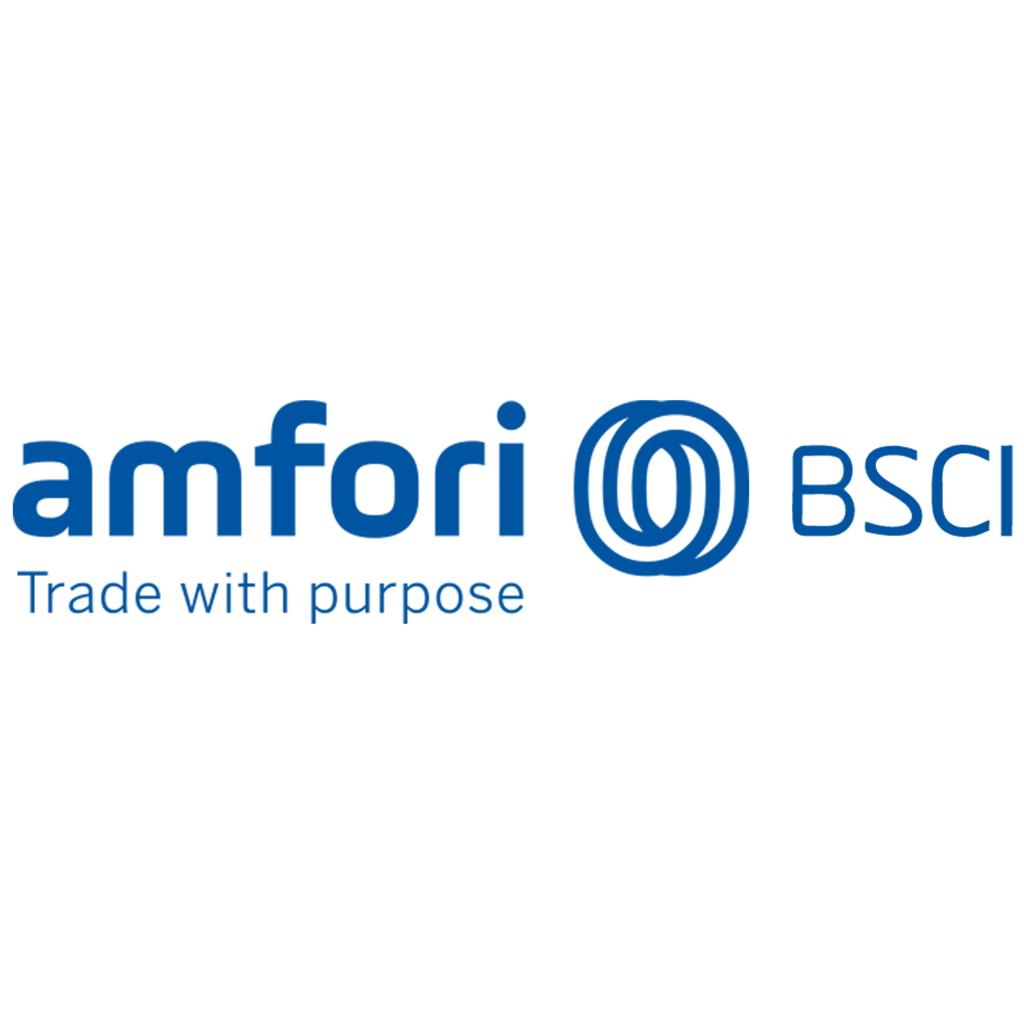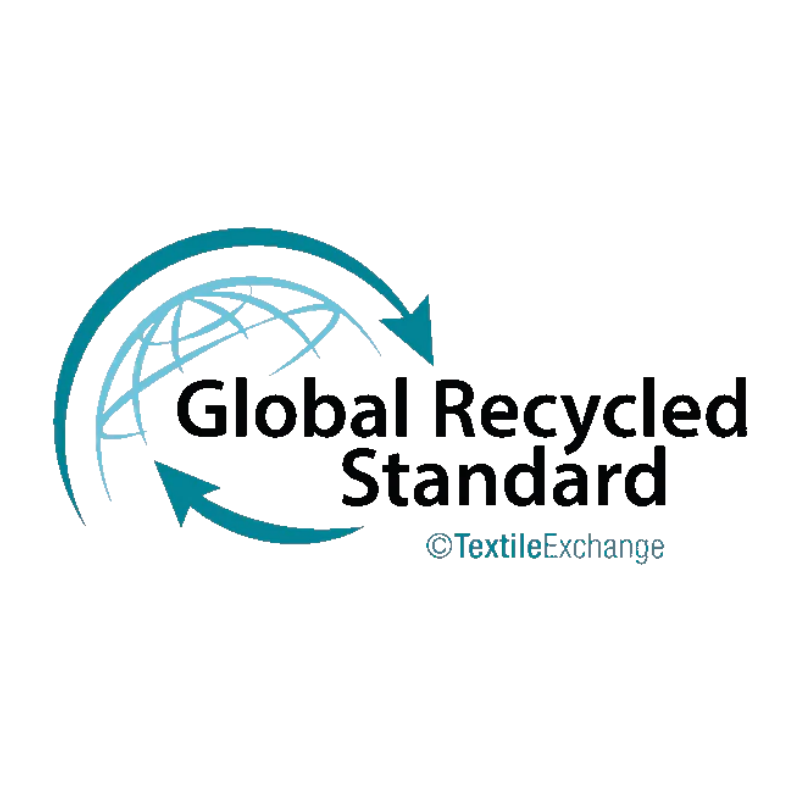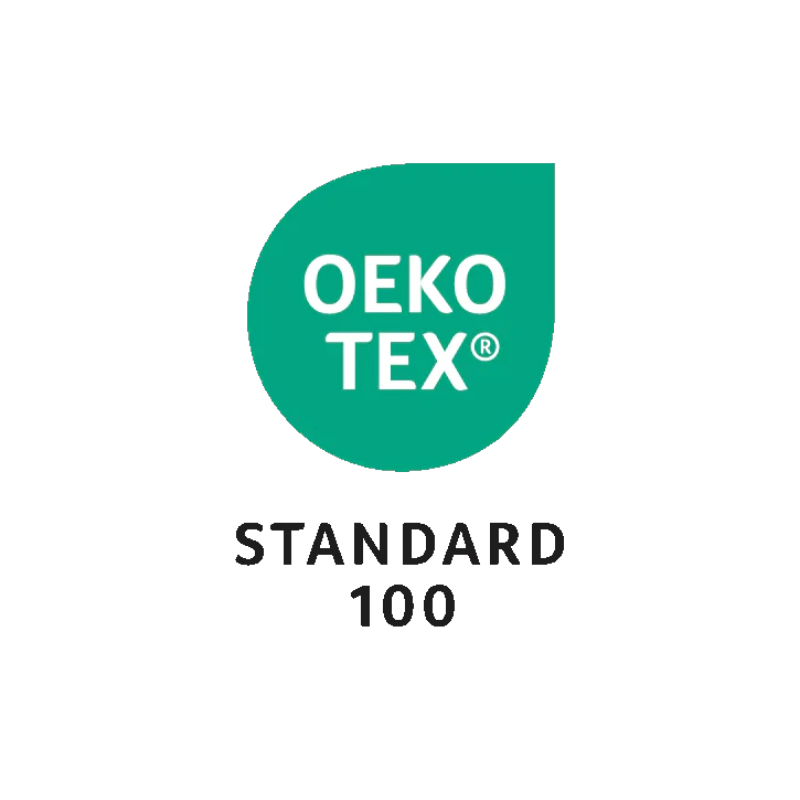Understanding Pricing: Key Factors Affecting Linen Blackout Curtains in Today’s Competitive Market
Understanding Pricing: Key Factors Affecting Linen Blackout Curtains in Today’s Competitive Market
The price of linen blackout curtains can vary widely, leaving buyers puzzled about what influences these costs. Factors such as key materials like fiber, manufacturing processes, and current market trends play a significant role in setting prices. This article will explore these elements, helping readers understand how each contributes to the overall pricing strategy. By grasping these concepts, consumers can make informed purchasing decisions, ultimately leading to better value and potential revenue savings. Understanding this pricing policy empowers buyers to select the right linen blackout curtains for their needs.
Key Materials Impacting Linen Blackout Curtain Pricing
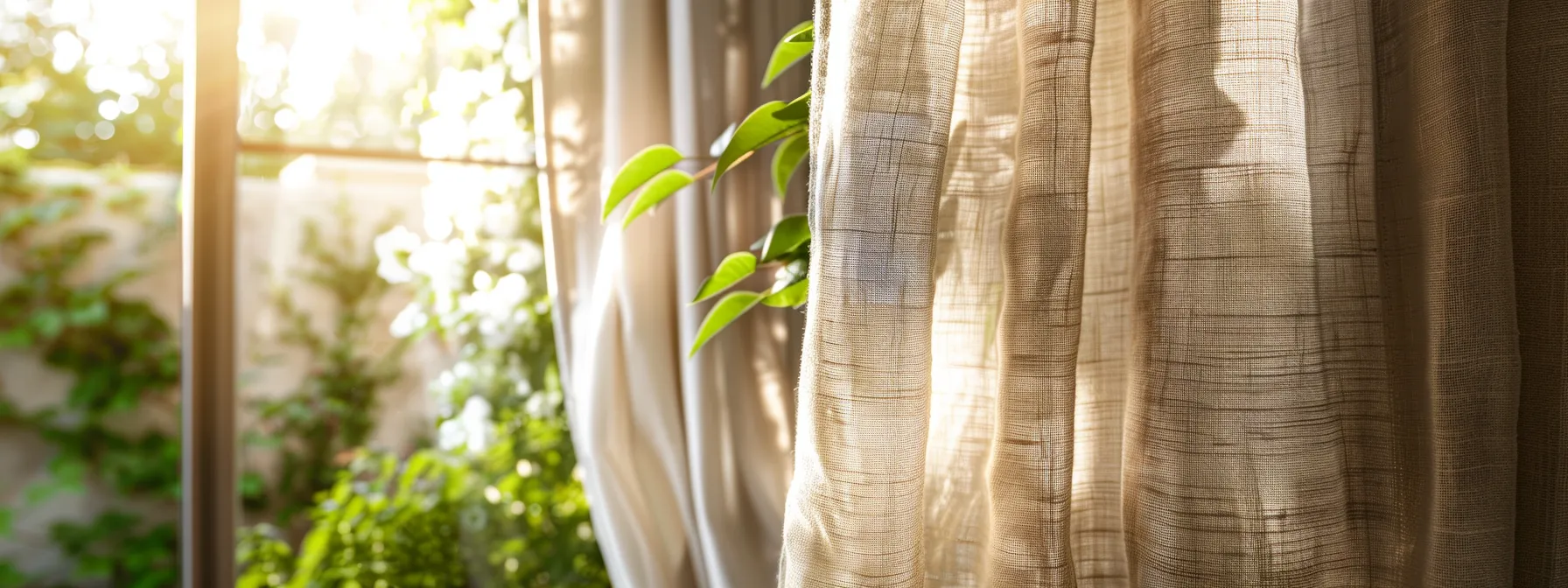
The quality of linen plays a significant role in the pricing of blackout curtains, affecting both functionality and aesthetic appeal. A comparison between linen and alternative fabrics highlights variations in durability and noise control. Sustainable sourcing practices can influence costs, reflecting the growing importance of climate considerations. Additionally, the weave and texture impact pricing, as do specialty finishes and treatments that enhance beauty and regulation against light penetration.
The Role of Linen Quality in Pricing
The quality of linen is a critical factor influencing the pricing of blackout curtains. High-grade linen, sourced as a raw material, offers better soundproofing properties and enhanced performance in blocking daylight compared to lower-quality options. Furthermore, the ability of linen to manage humidity makes it a practical choice, appealing to consumers seeking both functionality and aesthetic value in their window treatments.
Comparing Linen With Alternative Fabric Choices
When comparing linen to alternative fabrics like polyester for blackout curtains, several factors related to pricing emerge. Polyester often presents a more budget-friendly option due to its lower production costs and widespread availability in retail markets. However, linen, especially when sourced under fair trade practices, offers superior aesthetic appeal and durability, making it a preferred choice for consumers prioritizing both quality and ethical considerations. The decision to choose between these materials may also involve considerations of compatibility with various curtain rods, as the weight and texture can influence how they drape and function in a home setting.
Sustainable Sourcing and Its Effect on Cost
Sustainable sourcing significantly impacts the valuation of linen blackout curtains, especially in a market where consumers prioritize ethical production. In North America, the demand for sustainable textiles has led to market segmentation that favors products made from responsibly sourced materials. This approach not only reflects growing consumer awareness of environmental issues but also influences pricing, as sourcing practices that reduce the carbon footprint can enhance the durability of products while effectively blocking sunlight, thus appealing to eco-conscious buyers.
The Influence of Weave and Texture on Pricing
The weave and texture of linen significantly influence the pricing of blackout curtains, as these aspects dictate both functionality and aesthetic appeal. A tighter weave enhances noise reduction capabilities, making the curtains more effective at blocking sound and light, which can provide a competitive advantage in a market where consumers prioritize quieter environments. Furthermore, the incorporation of organic cotton blends in the fabric fosters an eco-friendly profile, addressing concerns about pollution and aligning with the values of environmentally-conscious buyers, such as those engaged with brands like TJX Companies that prioritize sustainable practices.
Specialty Finishes and Treatments That Affect Costs
Specialty finishes and treatments applied to linen blackout curtains significantly influence their pricing, reflecting economic growth and urbanization trends. For instance, treatments that enhance breathability and moisture-wicking properties can add value, appealing to consumers living in densely populated areas with varying climates. Additionally, the use of microfiber blends in some treatments offers enhanced durability and a softer tactile experience, which can increase consumer appeal and justify higher price points.
Manufacturing Processes Affecting Costs
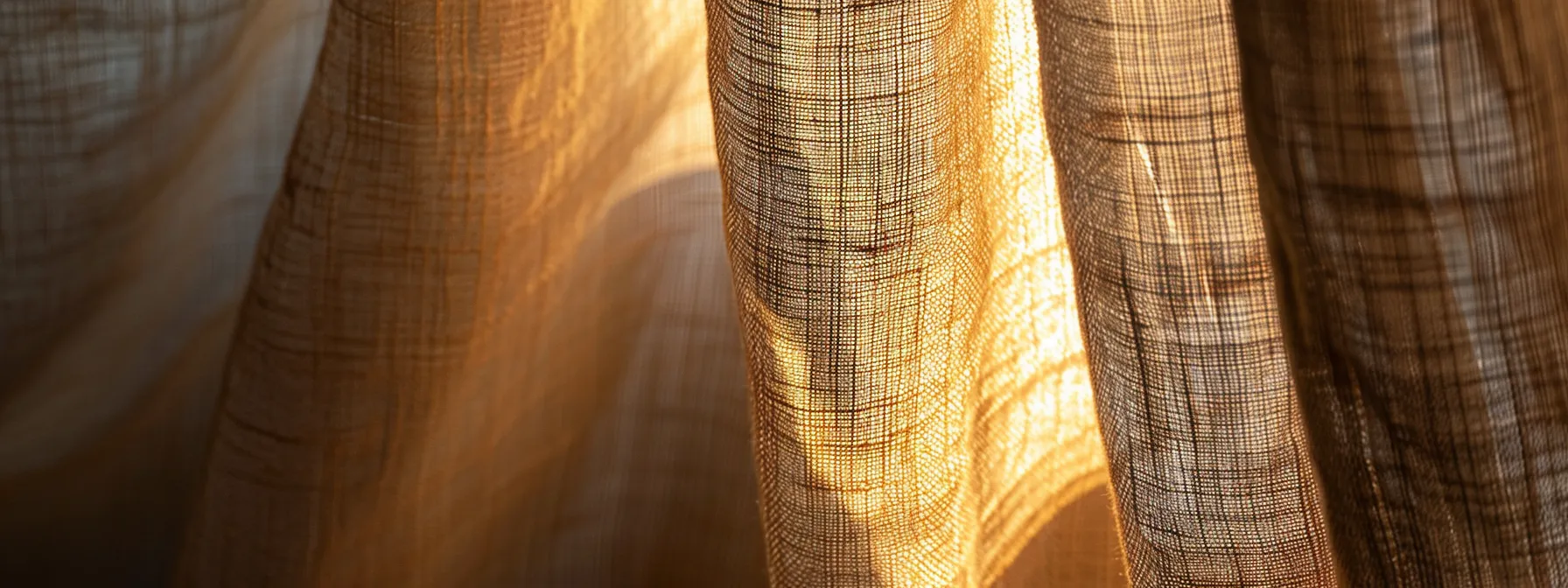
Manufacturing techniques play a crucial role in determining the pricing of linen blackout curtains. Labor intensity affects production expenses, while stringent quality control measures are essential for maintaining high standards. Additionally, advances in fabric technology, including the use of lyocell blends, influence costs, as do supply chain dynamics that impact distribution efficiency in today's market landscape. Each of these factors directly relates to the final pricing strategies developed to appeal to consumers.
Overview of Manufacturing Techniques for Linen Curtains
The manufacturing techniques for linen curtains encompass a variety of processes that influence both quality and pricing. For instance, the integration of cotton blends enhances durability while also allowing for unique embroidery options that add decorative flair. Additionally, modern techniques such as sustainable weaving and treatment processes ensure these curtains meet high performance standards in terms of light blocking and moisture control, thus appealing to consumers looking for effective solutions for their homes.
Labor Intensity and Its Impact on Pricing
Labor intensity in the textile industry significantly influences the pricing of linen blackout curtains. High labor costs can result from meticulous crafting processes required to produce durable curtains that effectively reduce glare and minimize noise pollution in bedrooms. As companies strive to meet consumer demands for quality and performance, investing in skilled labor becomes essential, ultimately affecting the overall cost structure of these window treatments.
The Importance of Quality Control in Production Costs
Quality control is a fundamental aspect that directly impacts the production costs of linen blackout curtains. In a market where the size frequently shifts with consumer preferences, maintaining high standards becomes essential for brands to compete effectively. For instance, meticulous inspection processes can ensure that dust and imperfections do not compromise the overall quality, offering consumers the assurance they seek, much like the care involved in crafting roman shades or silk pottery. This focus on quality not only enhances product durability but also cultivates consumer trust, fostering brand loyalty in an increasingly competitive environment.
Innovation in Fabric Technology and Pricing
Innovation in fabric technology significantly affects the pricing of linen blackout curtains, making these products more appealing to consumers seeking sophistication in their home décor. For instance, manufacturers in regions like the Czech Republic have begun incorporating advanced techniques that enhance the light-blocking ability of linen, resulting in products that are not only functional but also stylish for any room. These improvements cater to various consumer preferences, such as those who desire quality curtains that complement their pajamas, ensuring a restful night’s sleep in comfortably darkened spaces.
Supply Chain Considerations for Linen Production
The supply chain for linen production significantly influences the pricing of blackout curtains, as it encompasses various stages from raw material sourcing to final delivery. Companies that prioritize environmentally friendly practices often invest in sustainable materials, which can enhance overall production costs but appeal to eco-conscious consumers. Additionally, recent trends in mergers and acquisitions within the textile industry have the potential to streamline operations, improve efficiency, and impact pricing strategies for curtains, while creating synergy between manufacturers and those producing complementary products, such as flooring and pillow cases.
Design Elements That Influence Pricing
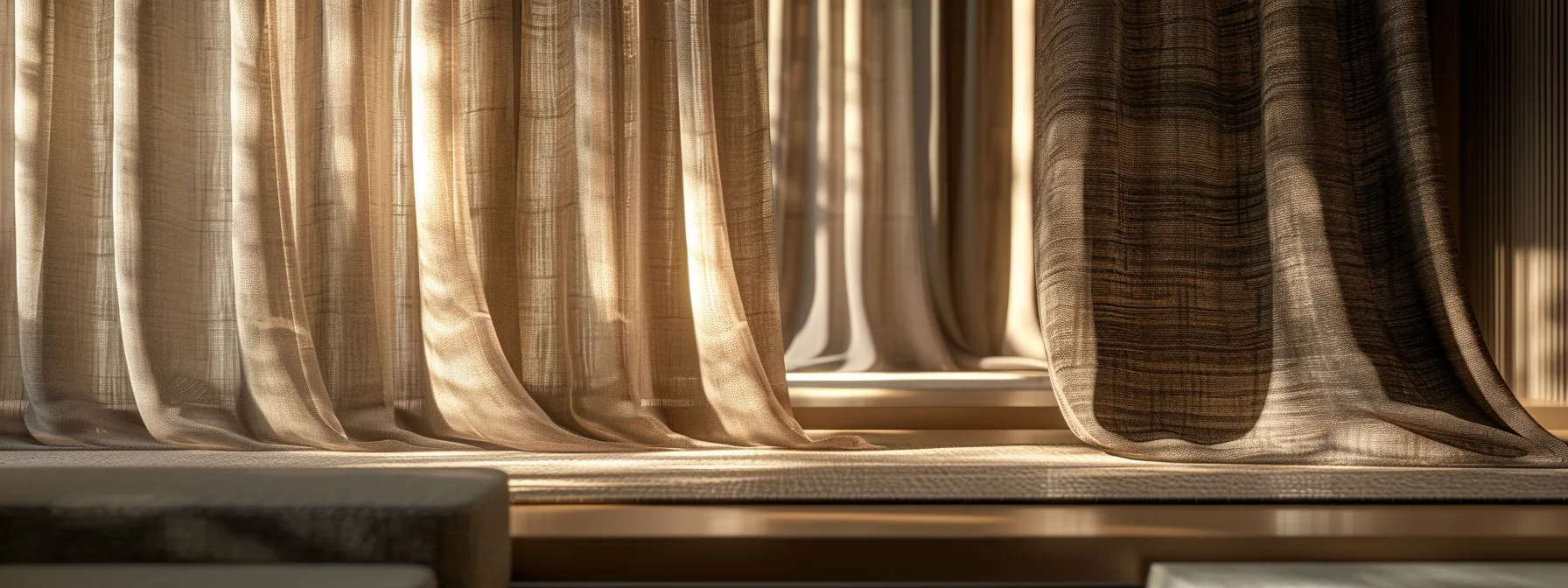
Design elements play a crucial role in determining the pricing of linen blackout curtains. The choice between custom and ready-made options affects overall costs, with custom solutions often requiring more meticulous weaving and craftsmanship. Patterns and prints can also influence pricing, while the size of the curtains directly impacts material use and pricing. Additionally, lining options and various accessories can elevate the cost, offering practical solutions for energy efficiency, particularly in regions like the United Arab Emirates where air conditioning usage is high.
Custom vs. Ready-Made Linen Blackout Curtains
When considering linen blackout curtains, the choice between custom and ready-made options can significantly impact overall pricing and consumer satisfaction. Custom drapery often involves meticulous craftsmanship, which can enhance noise reduction and aesthetic appeal, making it a valuable investment for those seeking tailored solutions that meet unique dimensions and decor preferences. In contrast, ready-made curtains provide a more budget-friendly alternative, enabling higher consumption of these practical items while typically featuring standardized packaging that simplifies shopping, yet may not fulfill specific style requirements or fit individual window specifications.
Patterns and Prints: How Design Affects Price
The choice of patterns and prints significantly impacts the pricing of linen blackout curtains, as intricate designs often require more precise measurement and labor during production. For instance, curtains featuring velvet or bamboo motifs may come at a higher cost due to the complexity involved in visualizing and executing these patterns. Additionally, when exporting curtains with detailed prints, manufacturers must account for possible increased shipping costs, which can further influence the final price consumers encounter in the market.
The Impact of Size on the Cost of Linen Curtains
The size of linen blackout curtains plays a significant role in determining their overall cost. As length and width increase, the complexity of fabric requirements rises, leading to higher production expenses. Additionally, consumers prioritizing thermal insulation in larger curtains may find that extending the coverage can justify an increased investment, often accompanied by a warranty that assures quality and durability over time.
Lining Options and Their Effect on Overall Pricing
Lining options significantly impact the overall pricing of linen blackout curtains, providing both functional and aesthetic benefits that resonate with today's consumers. High-quality linings can enhance light-blocking capabilities and insulation, appealing to customers interested in energy efficiency, particularly in climates where air conditioning is frequently used. Moreover, as online shopping evolves, the demand for versatile products like blackout curtains that complement various décor styles, including duvet patterns and shades, makes it essential for manufacturers to consider lining choices that align with recycling practices and sustainable materials, ensuring an attractive and responsible purchase for eco-conscious buyers.
Accessories and Add-Ons: What Increases the Cost?
Accessories and add-ons can significantly increase the price of linen blackout curtains, especially when they are designed to create an optimal sleep environment. For example, the inclusion of specialized yarn for durability or enhanced thermal insulation can elevate costs due to the quality of materials sourced, particularly from regions like South America known for their sustainable practices. Additionally, elements like decorative elements or custom knitting patterns not only add to the aesthetic appeal but also contribute to the overall investment, making them a worthwhile consideration for consumers seeking both functionality and style in their window treatments.
Market Trends Impacting Pricing
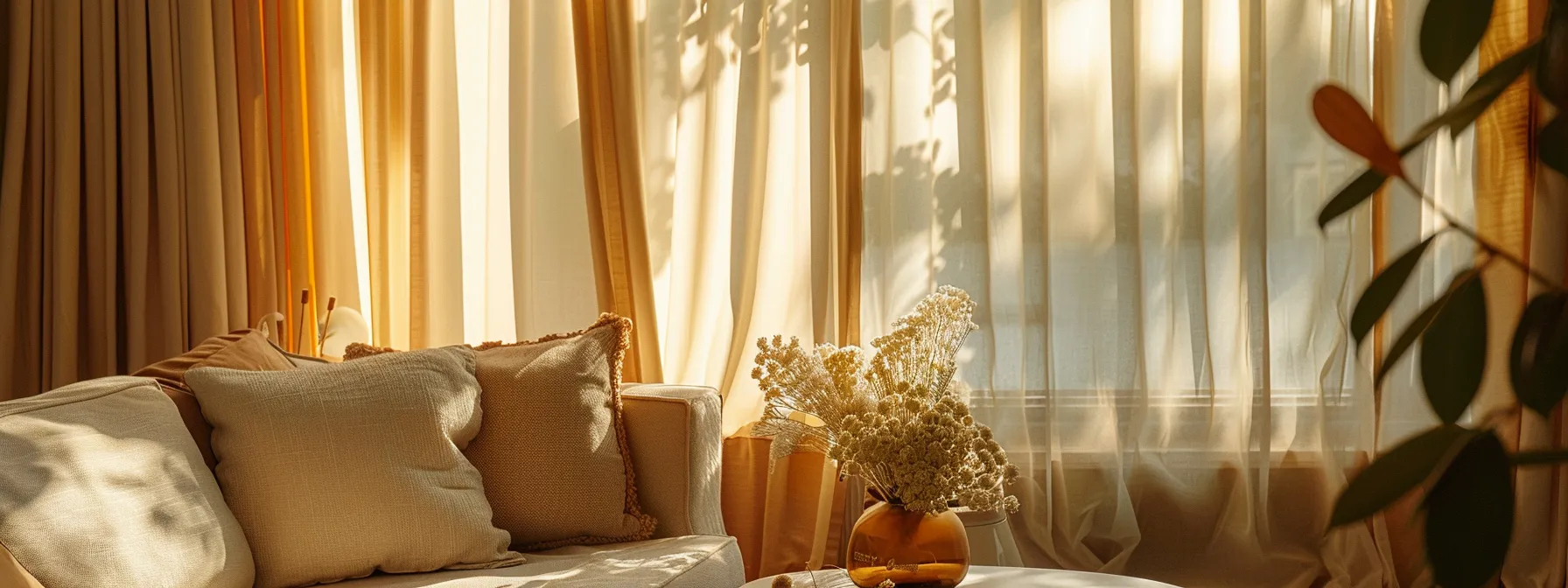
Current demand for linen blackout curtains directly influences pricing, as consumers seek products that enhance the atmosphere of living rooms while offering functionality. Seasonal fluctuations can affect availability, causing price variations across different times of the year. Additionally, consumer trends shape pricing strategies, with competition and economic factors further impacting the market for home textiles, including roman shade styles and dye options for customization.
Current Demand for Linen Blackout Curtains
The current demand for linen blackout curtains has surged as consumers increasingly prioritize materials that provide effective light absorption and contribute to energy efficiency in their homes. Brands focusing on flax-derived fabrics are gaining traction due to their eco-friendly properties, which resonate with regulatory compliance in sustainable practices. As informed buyers seek products that enhance their living spaces, they are more inclined to provide their email address to receive updates on new offerings and exclusive promotions, cementing their loyalty to brands that prioritize both style and environmental responsibility.
Seasonal Fluctuations in Pricing and Availability
Seasonal fluctuations in pricing and availability for linen blackout curtains can significantly influence consumer choices in various regions, including the Middle East. As demand rises during warmer months, manufacturers may experience increased production costs, causing prices to reflect this change. For households that view hypoallergenic curtains as an essential component of their bathroom décor, staying informed through a reliable database of market trends can aid in finding the best deals and ensuring product availability throughout the year.
The Role of Consumer Trends in Pricing Strategies
Consumer trends play a critical role in shaping pricing strategies for linen blackout curtains, particularly in a market emphasizing quality, construction, and innovation. Research indicates that eco-conscious buyers favor products with sustainable manufacturing processes, prompting brands to enhance their offerings with features such as grommet headers that improve functionality and aesthetics. As preferences shift toward seamless integration of style and practicality, manufacturers are compelled to adapt their pricing to reflect these demands, ensuring they meet the evolving expectations of today's discerning consumers.
Competition and Its Effect on Market Pricing
Competition among manufacturers significantly shapes the pricing of linen blackout curtains in the market. As brands strive to meet the growing consumer demand for stylish and functional products, particularly in the realm of interior design, they are compelled to innovate while managing costs. Factors like the increasing adoption of home automation and the rising popularity of textiles that incorporate elements such as wood and wool highlight this trend, driving brands to enhance their offerings in order to maintain a favorable compound annual growth rate. In this competitive landscape, retailers must balance quality and affordability to attract discerning customers seeking optimal value in their window treatments.
Economic Factors Impacting the Home Textile Industry
The home textile industry is significantly influenced by various economic factors that shape pricing strategies. Fluctuations in transport costs can directly affect the overall expense of linen blackout curtains, as increased shipping fees often lead to higher retail prices. Moreover, manufacturers focused on efficiency, including the integration of foam materials for enhanced comfort and functionality, may experience variations in production expenses, which subsequently impacts consumer pricing. Understanding these economic dynamics can help consumers make informed purchasing decisions while seeking quality textiles that meet their needs.
Retail Considerations for Pricing
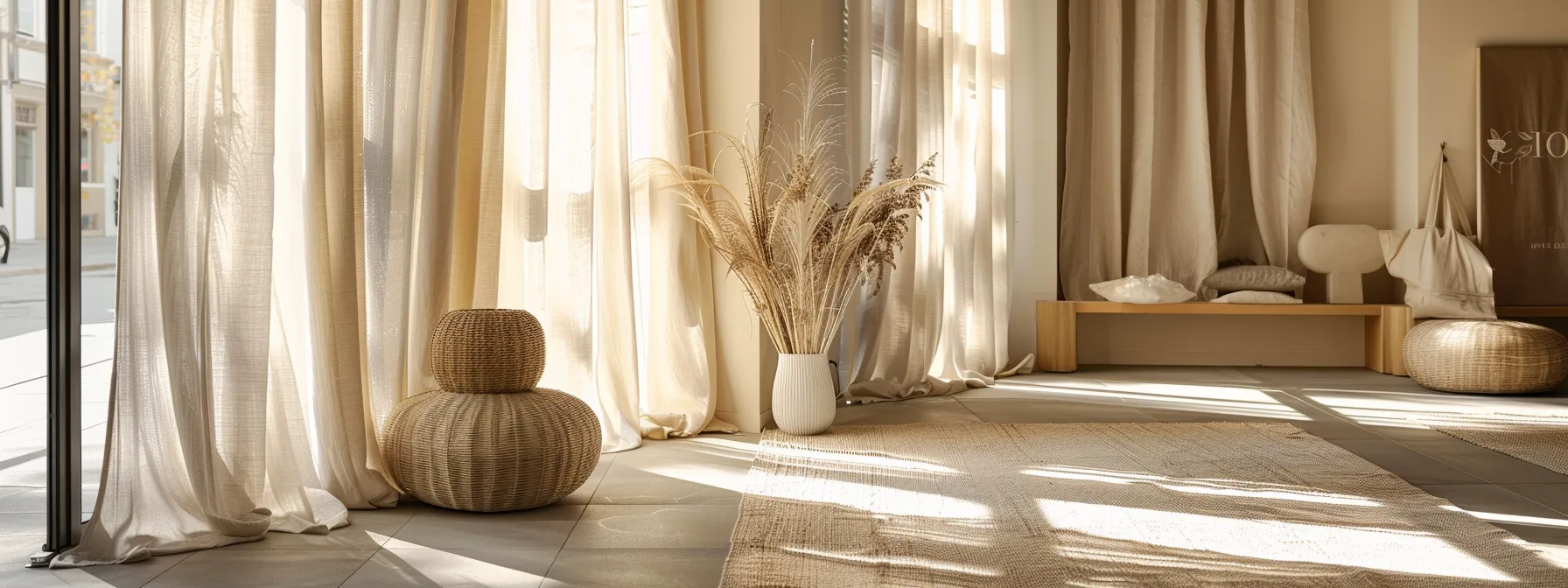
Retail considerations play a crucial role in shaping the pricing strategies for linen blackout curtains in today’s competitive market. Factors such as promotional discounts, seasonal sales, and the differences in pricing between online and in-store retailers can greatly influence final costs. Shipping and handling fees also add to the total expense, while warranties and guarantees raise questions about their value. This section will delve into these key elements affecting pricing, offering practical insights for consumers navigating their purchasing decisions.
Pricing Strategies Used by Retailers
Retailers implementing effective pricing strategies for linen blackout curtains often utilize methods such as competitive pricing, psychological pricing, and promotional discounts to attract discerning customers. For instance, by analyzing competitor prices, retailers can adjust their offerings to maintain market relevance while ensuring consumers perceive value in their products. Additionally, limited-time promotions or bundled deals can create urgency and drive sales, helping consumers find quality window treatments that meet their functional and aesthetic needs without overspending.
The Impact of Promotions and Sales on Pricing
Promotions and sales play a significant role in determining the pricing of linen blackout curtains, influencing consumer behavior and purchasing decisions. Retailers often implement strategic discounts during seasonal campaigns to attract buyers, effectively driving traffic to both physical and online stores. For instance, limited-time offers can create a sense of urgency, encouraging customers to invest in quality window treatments, while also providing opportunities for brands to showcase their latest designs and features.
Online vs. In-Store Pricing Differences
When comparing online versus in-store pricing for linen blackout curtains, consumers often encounter distinct differences influenced by several factors. Online retailers typically offer competitive prices due to lower overhead costs and the ability to reach a broader audience, while physical stores may provide additional services such as personalized assistance and immediate product access. Understanding these pricing dynamics can assist buyers in making informed decisions, whether opting for the conveniences of online shopping or the tactile experience of in-store browsing.
Shipping and Handling Fees That Influence Total Cost
Shipping and handling fees can significantly impact the total cost of purchasing linen blackout curtains, often adding an unexpected expense to consumers' budgets. Many online retailers offer competitive pricing on their products, but these savings can be counteracted by high shipping costs, especially for bulky items like curtains. Consumers should apply caution and calculate these additional fees when comparing pricing across various platforms, ensuring they factor in all costs to make informed purchasing decisions.
Warranties and Guarantees: Are They Worth the Price?
Warranties and guarantees can significantly enhance the overall value of linen blackout curtains, providing consumers with peace of mind regarding their investment. When retailers offer extended warranties, it reflects their confidence in product durability, encouraging buyers to feel secure in their purchase decisions. For example, a brand that includes a five-year warranty may lead consumers to consider their curtains as a long-term solution for light control and noise reduction, thus justifying a higher price point while protecting their investment against defects or premature wear.
Frequently Asked Questions Related to Pricing
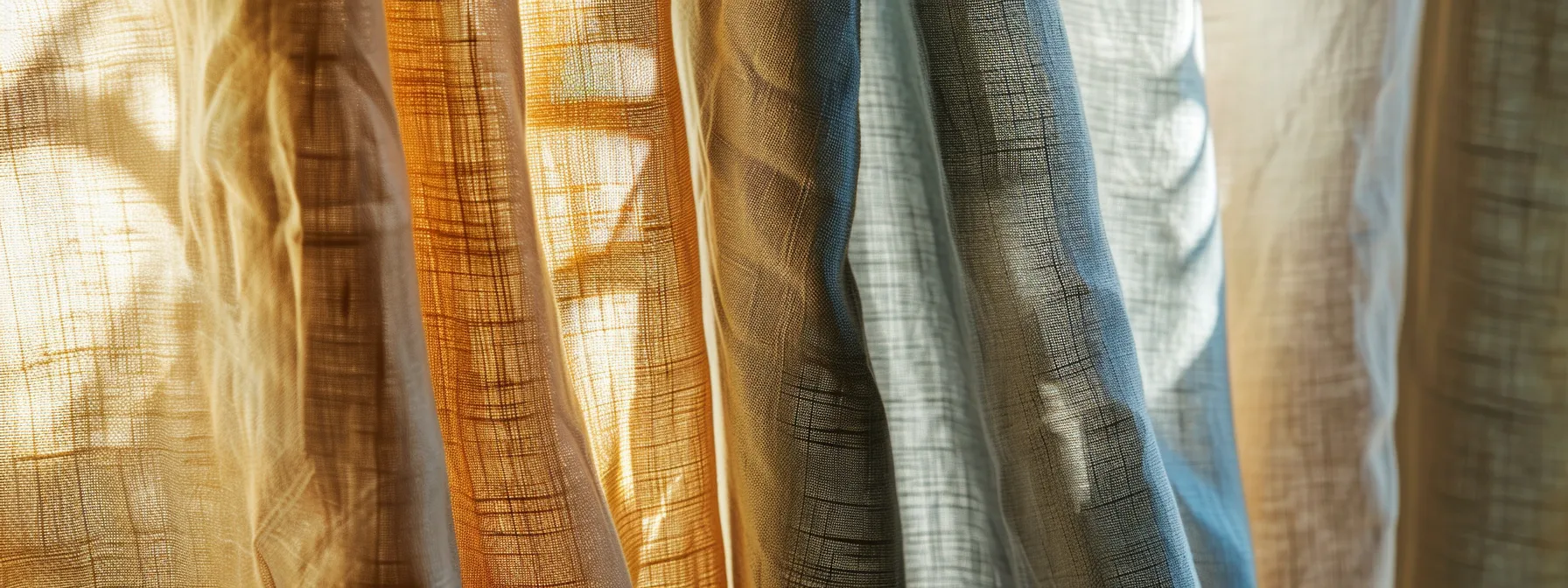
This section addresses common inquiries about pricing related to linen blackout curtains. Topics include examining factors influencing the cost of custom options, understanding how size impacts pricing, and exploring whether higher-priced curtains guarantee superior quality. It also offers guidance on budgeting and tips for finding affordable yet quality curtains, ensuring consumers make informed decisions in this competitive market.
What Impacts the Cost of Custom Linen Blackout Curtains?
The cost of custom linen blackout curtains is influenced by several key factors, including the quality of the linen, the complexity of the design, and the specifics of the measurements. High-quality linen, often sourced sustainably, can raise the price due to its durability and aesthetic appeal. Additionally, the need for precise measurements and potential customization, such as special linings or decorative elements, can further enhance production costs, ultimately impacting consumers' budgets while ensuring they receive a tailored product that meets their unique needs.
How Does Sizing Affect the Price of Linen Curtains?
Sizing plays a crucial role in determining the price of linen curtains, as larger dimensions require more fabric, leading to increased production costs. Custom-sized options, which often involve precise measurements and unique designs, can elevate overall expenses due to the additional labor and material needed. Consumers looking for effective solutions for their windows should consider how the size of the curtains not only affects functionality, such as light control and insulation but also how it influences their budget when making a purchase decision.
Are Higher-Priced Linen Curtains Always of Better Quality?
Higher-priced linen blackout curtains do not always guarantee superior quality. While premium pricing often indicates enhanced materials or craftsmanship, consumers should assess specific features such as fabric durability, light-blocking capacity, and overall construction. For instance, curtains made from high-quality, sustainably sourced linen may provide better insulation and light control, but similarly priced alternatives could offer comparable benefits through innovative techniques or materials, making it essential for buyers to research and evaluate their options thoroughly.
What Should I Consider When Budgeting for Linen Curtains?
When budgeting for linen curtains, consumers should account for several crucial factors that influence overall costs, including the quality of linen, size, and customization options. High-quality linen, while often more expensive, provides improved durability and light-blocking capabilities, thereby presenting better long-term value. Additionally, potential costs associated with shipping and handling, as well as any accessories or add-ons, should be factored into the budget to ensure an informed purchasing decision that aligns with both aesthetic preferences and functional needs.
How Can I Find Affordable Options Without Sacrificing Quality?
Finding affordable linen blackout curtains without sacrificing quality requires careful consideration of various factors. Shoppers should explore options from reputable retailers known for providing high-quality fabrics, as this can lead to better durability and performance. Additionally, keeping an eye out for seasonal sales or promotional discounts can provide opportunities to purchase premium curtains at reduced prices while maintaining the standards expected in effective light control and aesthetic appeal.
Conclusion
Understanding the pricing of linen blackout curtains is essential for consumers navigating today’s competitive market. Factors such as fabric quality, manufacturing processes, and design choices directly influence costs, offering insights into what constitutes good value. Sustainable sourcing and innovative materials further impact pricing, appealing to eco-conscious buyers who prioritize durability alongside aesthetics. By recognizing these key factors, consumers can make informed decisions that balance functionality and investment, ultimately enhancing their living spaces with quality window treatments.





















